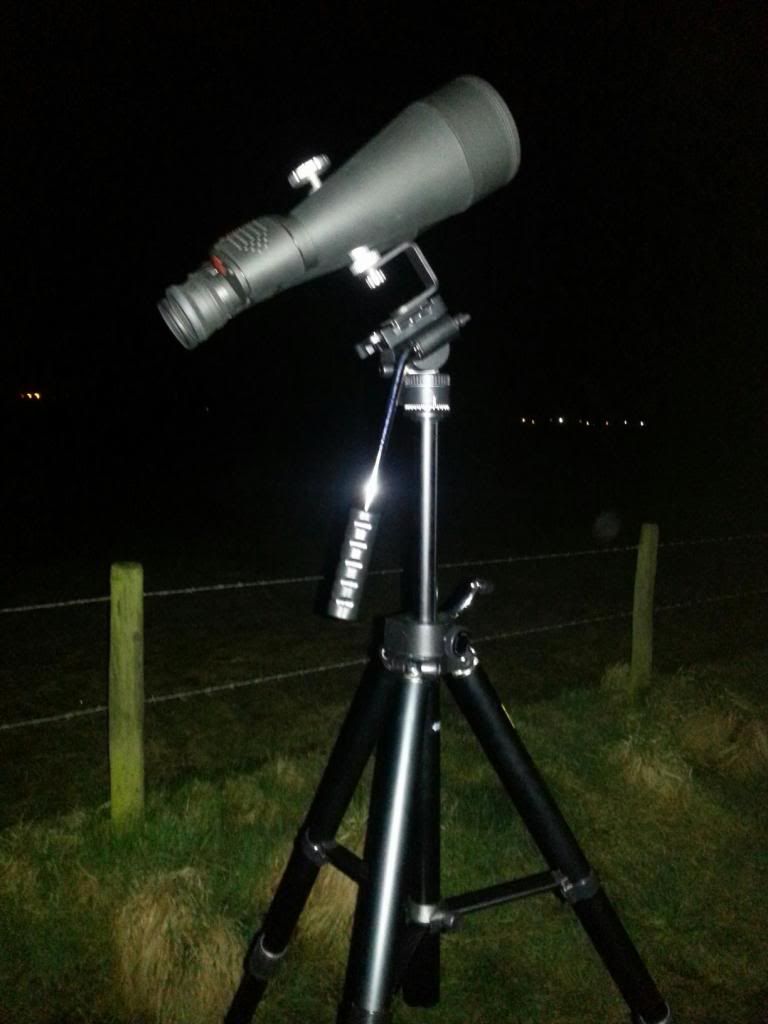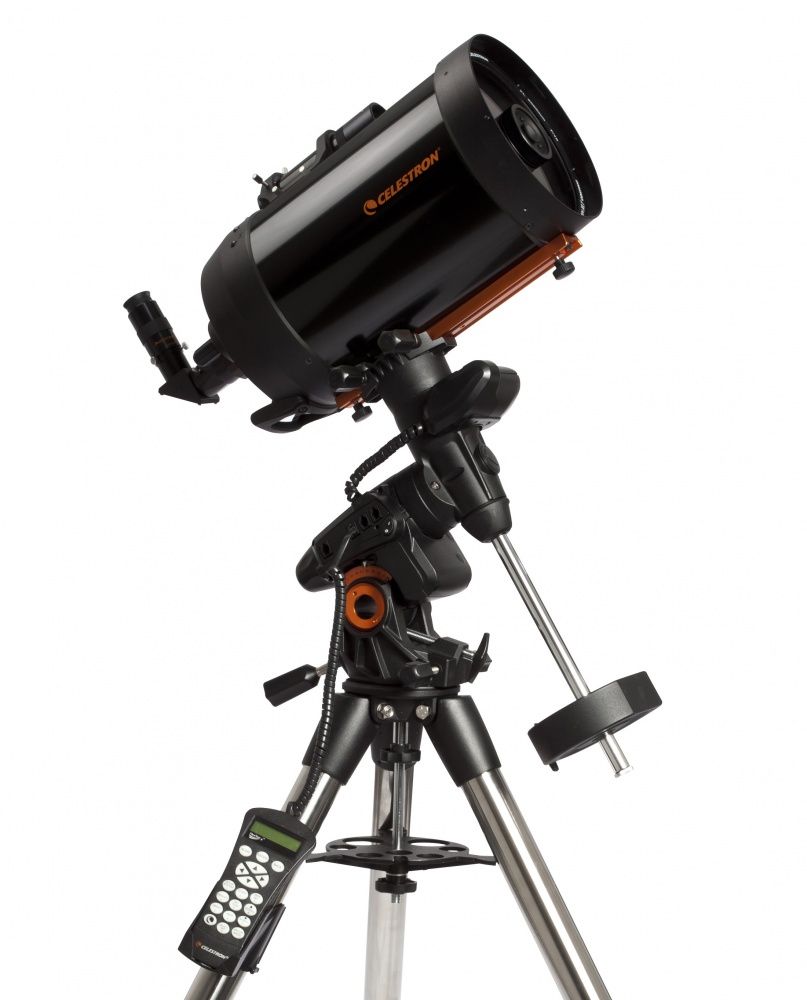How much would a pair of beginners astronomy binos set you back, and do you need a tripod?
Well i bought the Celestron Skymaster 20 X 80 Bins and they are very good.
the field of view on these is excellent, very easy to find objects this way, collimation on mine are just and very just out, nothing really, may need a slight tweak when get round to it.
Bins are good for globular clusters,comets,Moon,the Pleiades and the Hyades stand out really well, the orion nebula even at this Magnification still looks good, jupiter and a few of its moons easy to make out a ball shape with a very tiny bit of colour, your not going to see the belts or the red spot with these, still a joy though.
A tripod is a must with the larger bins, 10 seconds holding these and your arms will start to ache, shaking looking at the night sky is so off putting, so a decent one like the one i bought will do a good job.
http://www.firstlightoptics.com/tripods/horizon-8115-2-way-heavy-duty-tripod.html
I will be getting a decent telescope this coming autumn/winter and will still use my bins most definitely, i think they go well together.
so £200 will get you going with what i have in this review.
Really good bins these Celestron Skymasters, very sharp for what you pay, bang for buck as they say the Graphics Card section

Hope this helps my little review.













